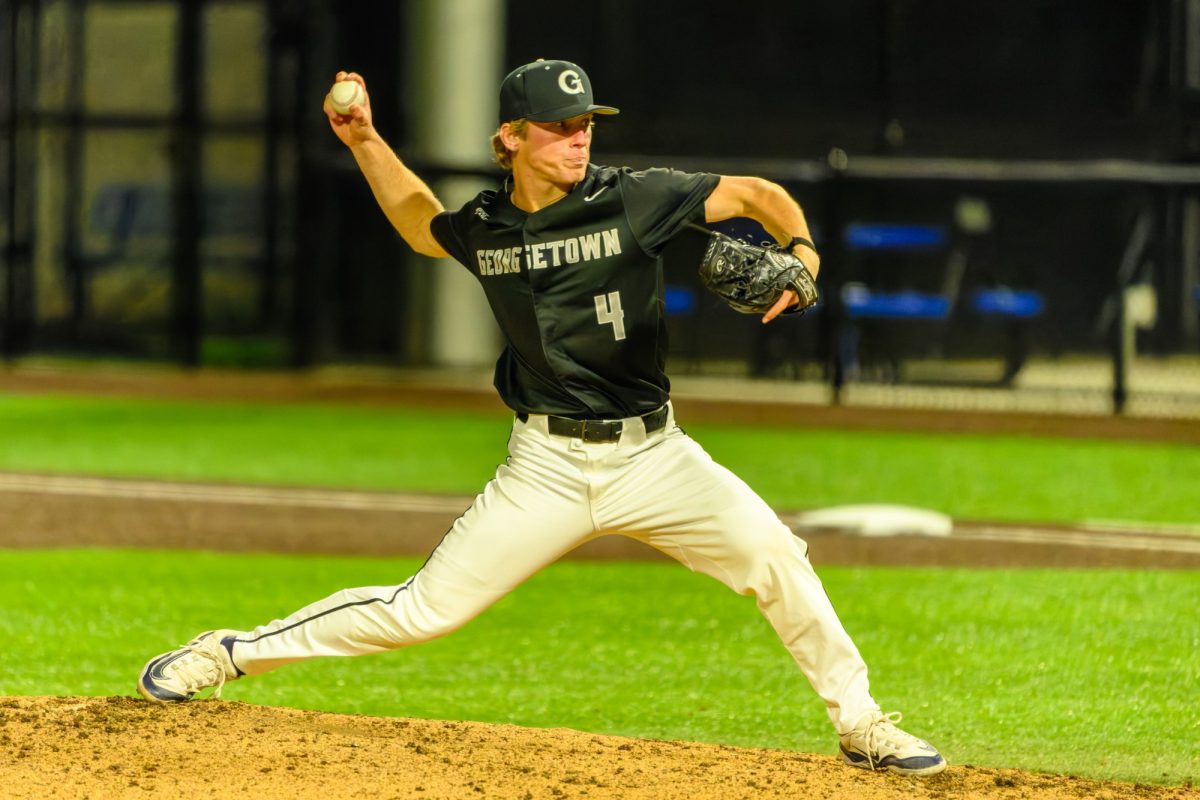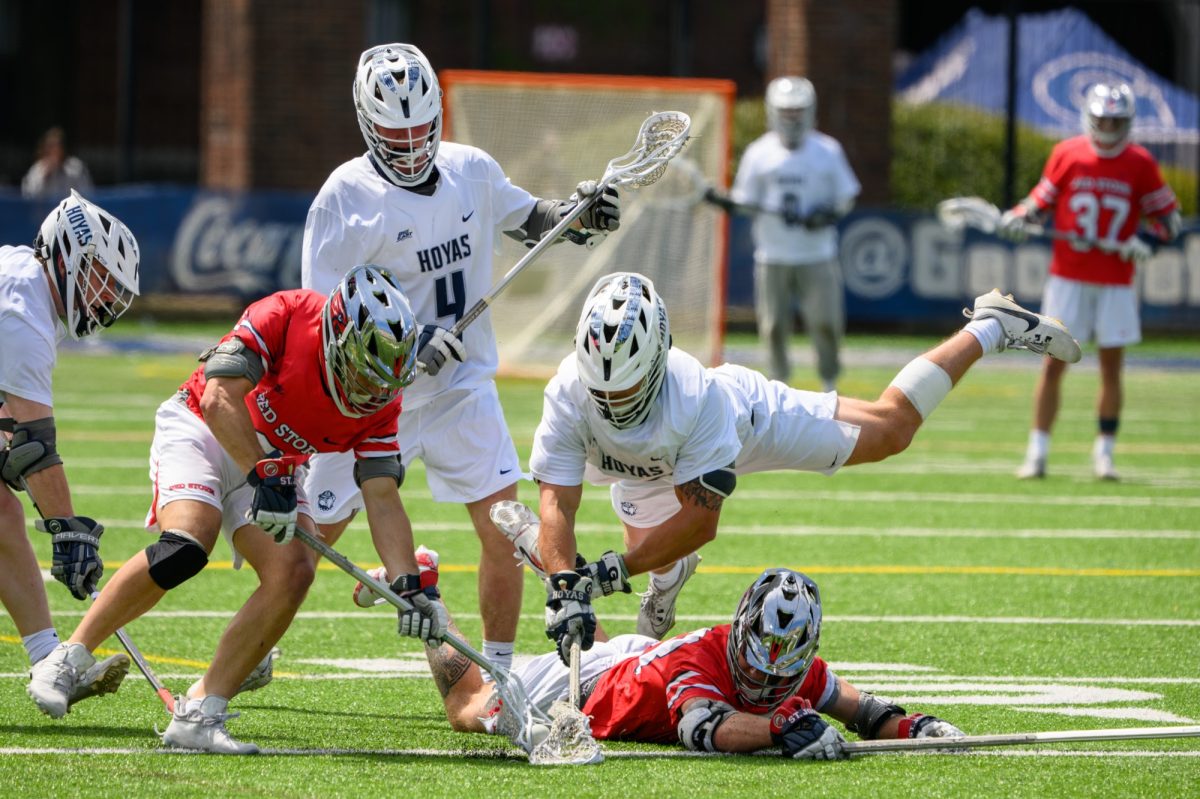Last Thursday afternoon at 3 p.m., the NBA trade deadline came to a close in a whirlwind of deals that saw 8 percent of the players in the league get traded — compared to the 5 percent average of players who were traded in the last five years. While there were many actors involved in three-team deals, contract buyouts and player swaps, the trade deadline was overshadowed by the health concerns of NBA players both past and present.
The death of former Portland Trailblazer great Jerome Kersey on Feb. 18 and a season-ending prognosis for Chris Bosh of the Miami Heat have served as shocking reminders that, indeed, there is more to life than basketball.
This particular story begins in Arizona. The Phoenix Suns began the season looking to capitalize on the success of last year’s campaign, which saw them nearly break into the playoffs after initially being written off as the Western Conference version of the bottom-dwelling Piladelphia 76ers.
The Suns planned to break into the top eight of the West this season by bringing point guard Isaiah Thomas, formerly of the Sacramento Kings, into the fold in order to run a three-guard offense alongside breakout players Eric Bledsoe and Goran Dragic. This unique lineup floundered, despite its offensive prowess in limited usage, because of its obvious defensive and rebounding shortcomings, which were compounded by chemistry issues.
Dragic made it clear that he wanted no part of the Suns’ arrangement, as he felt slighted by the Suns organization’s choice to bring in Thomas. As a result of his discontent, Dragic was made available for trade this February.
Despite rumors that he would be dealt to either the Lakers or the Knicks, Dragic was ultimately sent to Miami in exchange for two future first round draft picks and Danny Granger. Due to the trade, the 2014 Most Improved Player Award winner became the Heat’s most notable point guard since Gary Payton in 2006 and was expect for higher playoff seeding.
While hopes may have been high when Dragic’s future in Miami was set, Bosh’s unexpected end to the season has jeopardized the Heat’s odds for any playoff berth at all.
On Friday at a Miami hospital, Bosh was diagnosed with a pulmonary embolism resulting from deep vein thrombosis. In other words, Bosh had blood clots from his legs travel up his veins and into his lungs. Thankfully, he recognized the problem early enough for it to be treated.
Nevertheless, the treatment for a pulmonary embolism is a six-month process involving blood thinners to ensure that there are no lingering clots in a person’s system. Because of the nightly physicality that NBA players have to deal with, it would be impossible for Bosh to play without risking deadly internal bleeding. Consequently, Bosh is now out for the rest of the season.
To the dismay of fans and the Heat’s front office, Bosh’s future in the league is also in jeopardy. If he were to suffer another clot in the upcoming seasons, the protocol prescription would call for him to use blood thinners for life — effectively forcing him to retire. Generally, the chances of recurrent deep vein thrombosis are low at approximately five percent, but NBA players are unique because they are at a higher risk to develop the condition in the first place.
Deep vein thrombosis is more likely to occur in taller individuals and those who are sedentary. While NBA players surely fit the first criteria — the average height of an NBA player is 6-foot-7 — they would not ordinarily be considered sedentary. Nevertheless, NBA players spend hundreds of hours in airplanes every season, which makes them susceptible to the blood clots.
It comes as little surprise, then, that Bosh’s diagnosis is not an isolated incident. Mirza Teletovic of the Brooklyn Nets was ruled out for the season in January because of similar clotting, and Kersey passed away from an embolism at age 52 just days before Bosh was admitted to the hospital.
Although the Miami Heat’s situation was initially promising, the loss of Bosh leaves the Miami Heat in an unenviable situation. This past offseason, they had signed Bosh to a guaranteed $119 million contract, the largest that was signed for this incoming NBA season.
On top of Bosh’s contract, the Heat signed Dwyane Wade to a hefty two-year, $31.1 million contract. However, Wade has missed a quarter of the team’s games this season due to a recurring hamstring injury and has had a fluctuating role in the games in which he has appeared.
As a result, the Heat have two high-risk, expensive contracts on their books. While the odds are that Chris Bosh will return healthy and get back into his rhythm next season, it is hard to envision a future where Wade is not a liability to the team’s success. His unpredictable availability and production do not provide the consistency required for success in the playoffs.
Moreover, because Bosh’s and Wade’s contracts will occupy much of the team’s salary cap, the Heat will have to bide their time until 2016 free agency, at which point they would have a solid veteran core of Bosh and Dragic to build around.
Until then, it would be in Pat Riley’s best interest to groom young players like the pleasant surprise Hassan Whiteside and first-round pick Shabazz Napier, who could become capable role players for them in the future.
Max Fiege is a freshman in the School of Foreign Service. OUT OF OUR LEAGUE appears every Tuesday.





















